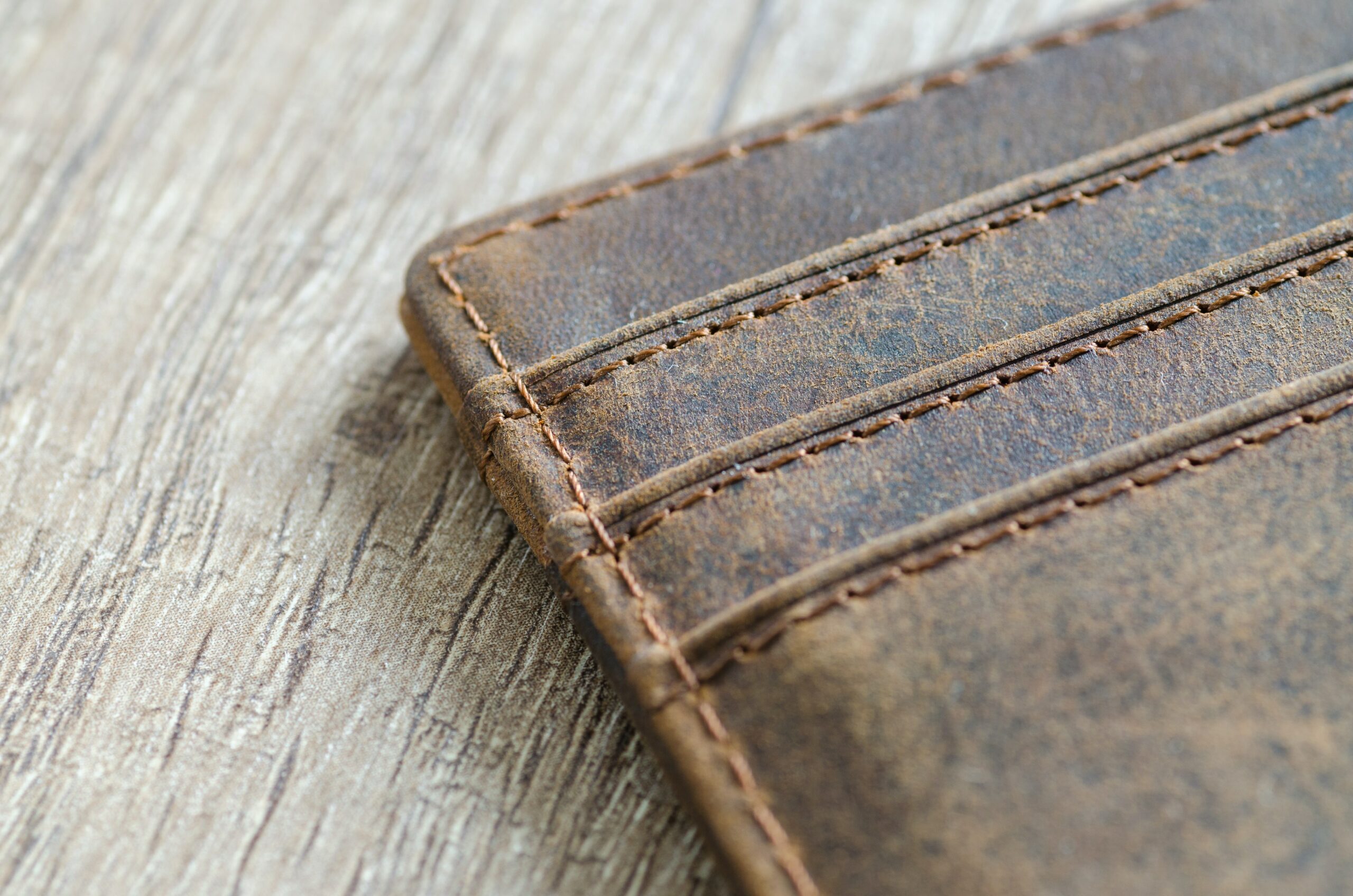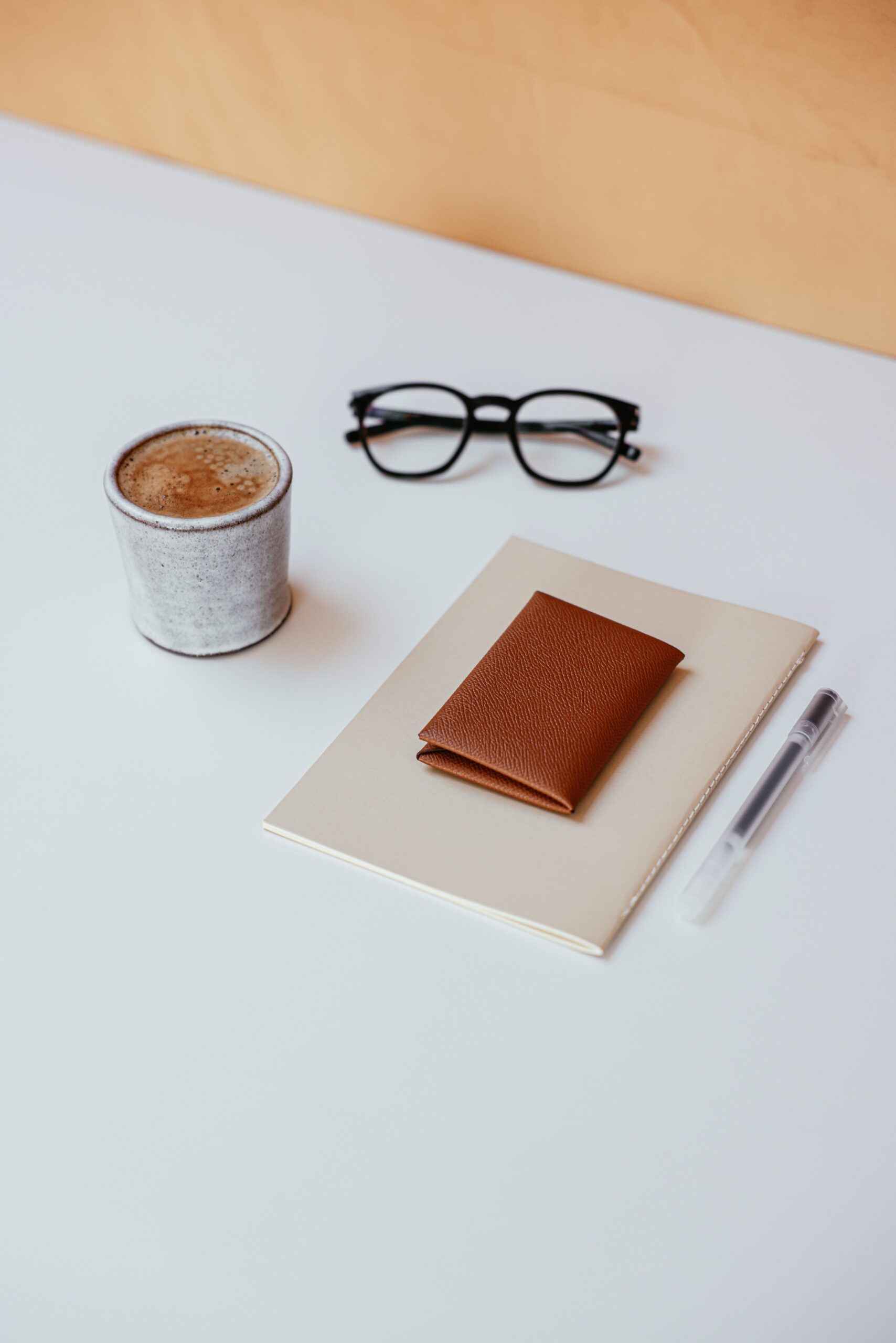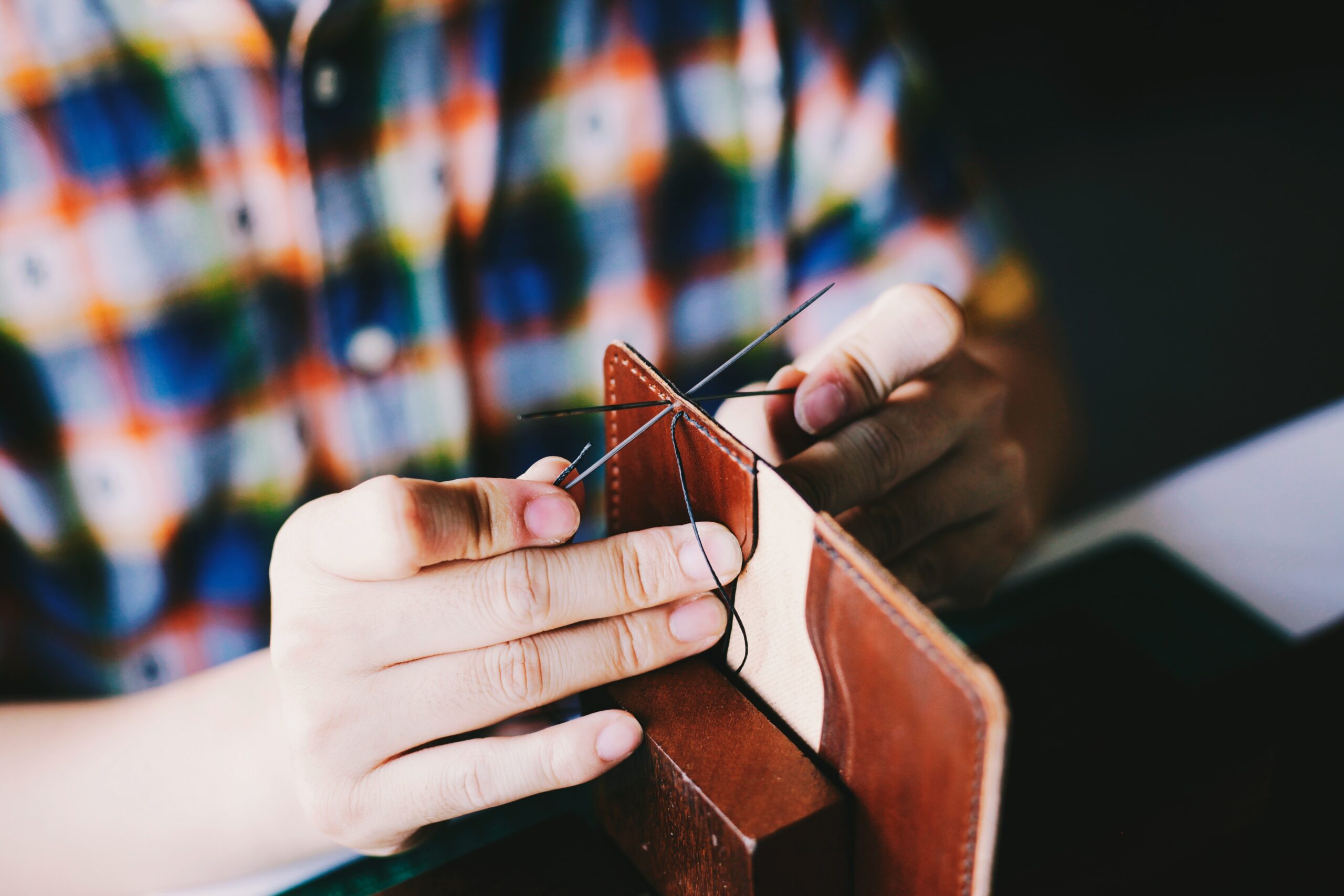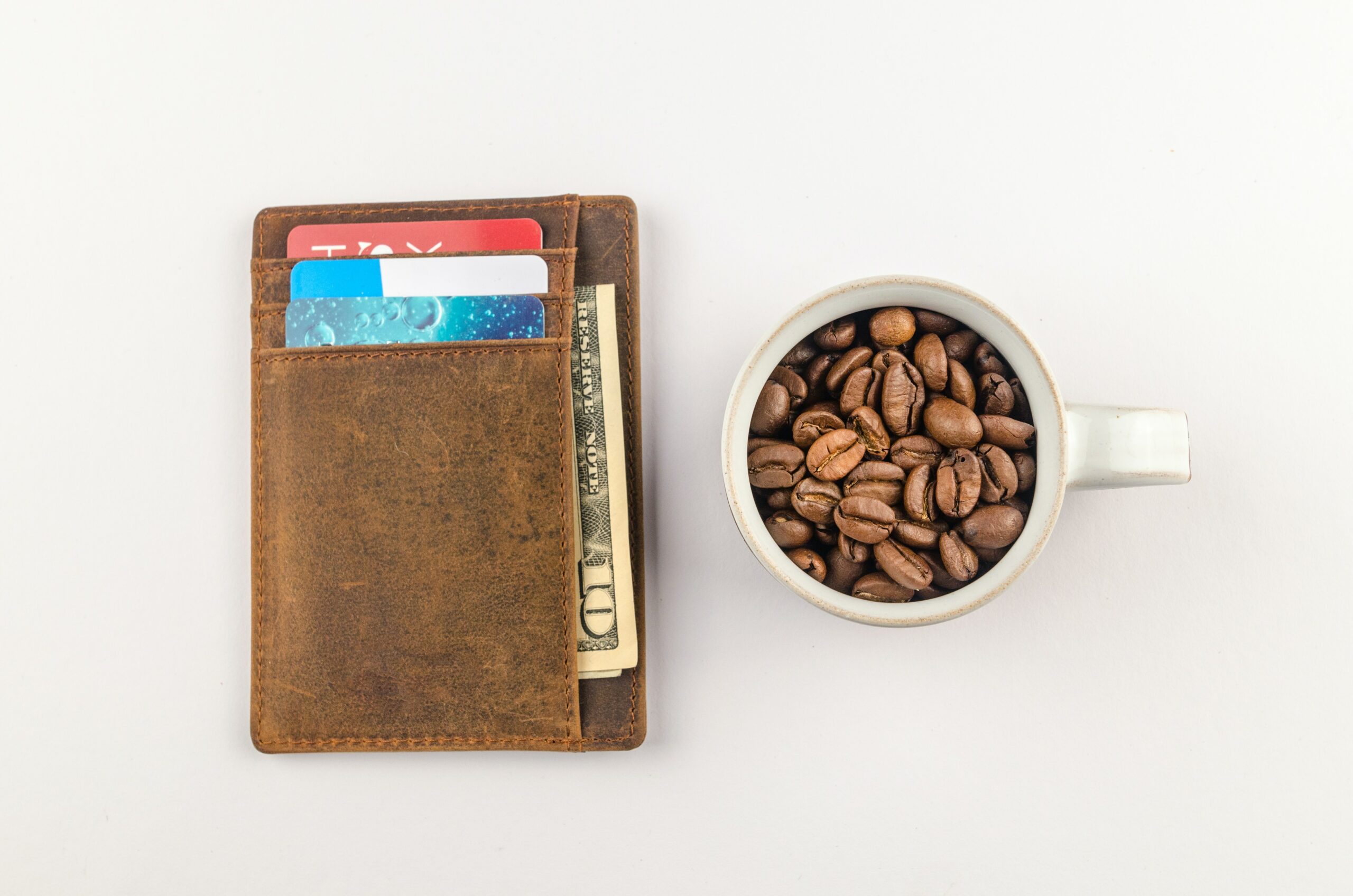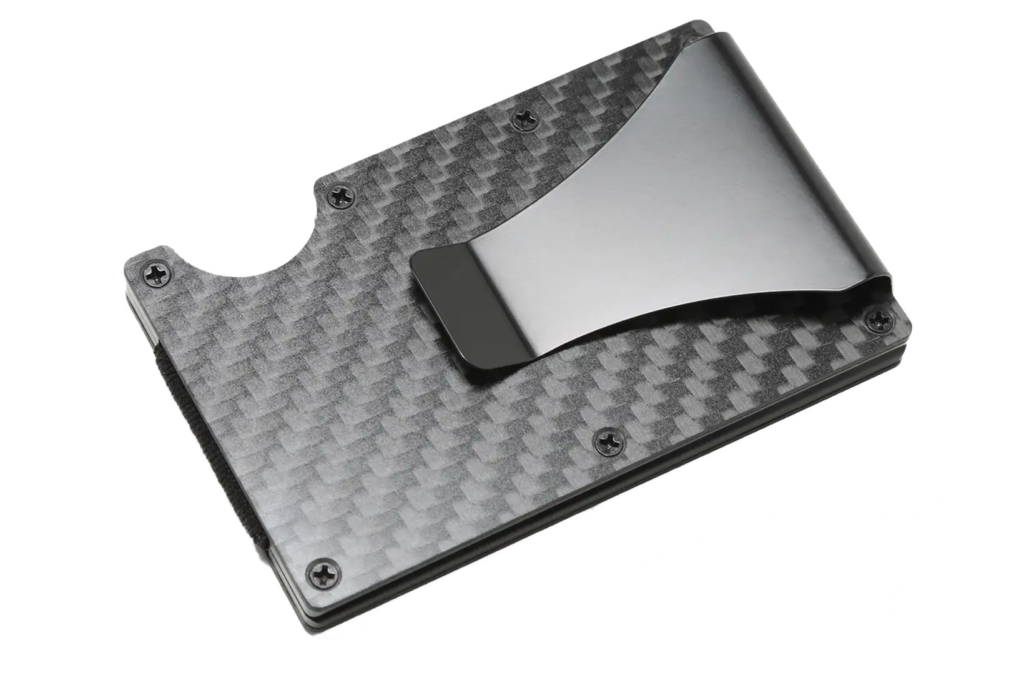Wallets, like all accessories, get dirty and need to be cleaned occasionally. Doing so properly will retain—and even amplify— its aesthetic beauty.
When it comes to traditional leather wallets, cleaning and caring for them is very simple. You will only need a cloth, some water, and olive oil. However, the process is a bit more complex for suede leather wallets, requiring you not to ruin the delicate nap.
In this post, I’ll explain how you can adequately clean both types of wallets without compromising the leather’s integrity.
Types and Qualities of Leather
Various grades of leather are used to make leather goods. Knowing which type your wallet is made from will determine how to clean it and what to expect.
- Full-grain leather is made from the outermost portion of rawhide. It is the most rigid and most durable type of leather and is highly moisture-resistant. Because it is the topmost part of the hide and has not been sanded down or buffed, it retains the natural variations of the grain and can “breathe”—meaning, it will absorb oils.
- Top-grain leather is also produced from the outermost layer of the hide, but it is sanded before tanning to remove the natural blemishes, variations, and nicks in full-grain leather. While it can breathe to some degree, the sanding closes many pores that remain open in full-grain leather.
- Suede is made from the underside of a hide, which is softer and supple. It is, however, also less durable, and it is not water-resistant. Ironically, although it is the lowest grade of leather, it is often marketed as “genuine leather.” Indeed, within the industry, “genuine leather” now refers strictly to suede, whereas higher grades are called “real” or “traditional” leather.
- Bonded leather is made by pressing finely ground scraps of other leather and then gluing it to a synthetic backing. Because of its synthetic components, bonded leather does not breathe.
Most mid-to-high-end wallets are made from either full-grain or top-grain leather since they are more durable than alternative grades and will develop a highly desired patina. Suede, or “genuine leather” wallets, are also quite common.
You cannot clean a suede wallet as you would clean one made from full- or top-grain leather. We’ll examine the distinct methods below, but first, you need to determine which type of leather your wallet is made from. If you’re not sure, bear in mind these distinctions:
- Traditional leather feels smooth and firm to the touch, whereas suede has a nap, which is soft and almost fuzzy.
- If you brush against the nap of suede, the fibers will become slightly raised. No such threads will shift on a traditional leather product.
- Traditional leather is tough and relatively thick, whereas suede is delicate and thin.
Our Karbone Wallet
General Cleaning Tips
Before attending to the leather itself, you must empty your wallet and shake out any large particles that have accumulated within it. If you have an air compressor, you can use short bursts of air to clean out the crevices and seams.
Carefully use a toothpick or cotton swab—or perhaps a combination of both—to remove any particles that have not dislodged from the folds, pockets, or seams. You will want to avoid damaging the leather, so apply only minimal pressure and don’t scrape the leather itself.
Cleaning a Suede Wallet
Because suede is a soft and delicate material, you must be gentle when cleaning it.
Begin by lightly buffing the wallet with a brush. The best option is to use a suede brush, though you can also use a soft-bristle toothbrush.
If the wallet has stains, you may need to buy a special shampoo; however, some stains can be removed using everyday household items.
- For water-based stains (for example, from coffee or soda), place a small amount of white vinegar on a terrycloth and gently blot the surface of the wallet. Do not scrub the stain, though; this will ruin the suede.
- For oil stains, dust the area with baking soda and let it absorb the oil. Wait at least a few hours before carefully brushing away the powder.
After spot cleaning, use your brush to adjust the nap by gently brushing in one direction.
Cleaning a Traditional Leather Wallet
Full-grain leather goods will absorb oil from your skin and the air and develop a patina throughout their lifetime. This is natural and highly desired; it is part of what makes leather goods aesthetically pleasing.
Cleaning a traditional leather wallet is not intended to remove this patina but rather to maintain the health of the leather. The aim is to remove dust, dirt, and unsightly stains without clogging the pores of the leather.
After removing any visible particulate in the manner described above, gently wipe the wallet with a dry microfiber cloth. I recommend wiping it with a dry cloth first, dampening it, and giving it another gentle wipe. This will clean the leather without closing the pores.
While some stains may require you to dilute detergent or soap, you should tread carefully. Soap removes the oils in the leather, supple it, and imparts the patina. If necessary, gently spot clean and use as little soap as possible.
After wiping down your wallet, let it air dry. If you need to spot clean it and it has thus become somewhat moist, wrap it in a dish towel and let it dry.
Don’t try to blow dry it or apply heat to speed up the process since this will cause the leather to dry out.
The final step is to condition the leather. While there are numerous varieties of leather balm, olive oil is just as effective and is much less expensive. I apply it by placing a small amount on my fingers and gently rubbing it into the leather in a circular motion; however, you can also use a cotton cloth.
Once the leather is conditioned, you must let it sit overnight and absorb the oil before using it. If any scuffs develop, take a tiny drop of olive oil and gently rub it into the scuff using a circular motion.
Conclusion
Whether you have a suede or traditional leather wallet, it will need to be cleaned properly to retain its aesthetic qualities. Always work gently and carefully cleaning your wallet, and don’t introduce any unnecessary foreign substances since they can damage or stain the leather. If your wallet becomes wet, don’t use heat to dry it out. Doing so is detrimental to the health and condition of the leather. Instead, blot the moisture and let the leather air dry.

